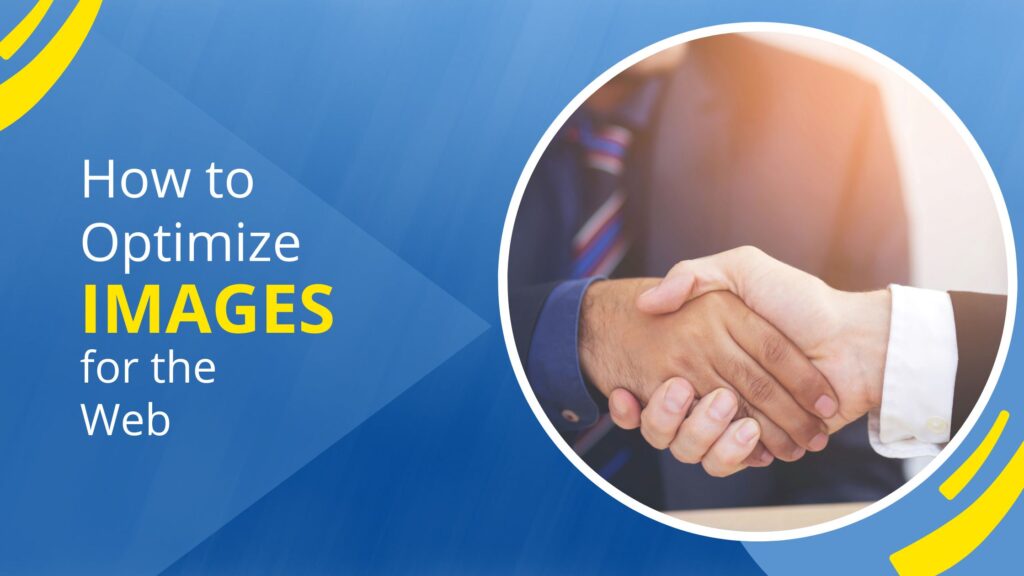In this article, we will discuss image optimization, check how to optimize images for the web and what are the best practices and techniques for image optimization.

If you are a blogger or developer still using old image formats such as JPEG, PNG, etc., this post will guide you on changing from these traditional formats to more modern image formats.
Why Image Optimization Matters
When a website takes too long to load, have you ever given up on it? If you don’t optimize your images, the visitor may leave the site hence image optimization is important and it affects search engine results and user experience.
Visit any page speed checker website and check your website’s score if the tool says “Serve images in next-gen formats” as an improvement suggestion then you should take action on that to improve your page speed.
Image Optimization matters and you have to optimize your site images to increase your website speed.
Best Practices for Image Optimization
The ultimate objective of image optimization is to load websites faster So let’s start and see how to optimize images for the web below are some best practices for the same.
Choosing the Right File Format to Optimize Images for the Web
If you used jpeg and png formats for your website then convert the same into modern image formats like – WEBP, AVIF, etc. There are other modern formats as well like – JPEG 2000, HEIF, FLIF, BPG, etc but WEBP and AVIF are popular and easy to use among all.
Using any online tool on Google, you may convert your current jpeg or png files to webp or avif, which you can then utilize on your website. This will increase the speed and score of your website.
Compression Techniques to Optimize Images
Use the below modern image format to reduce image size without compromising the image sizes.
WebP:
WebP is developed by Google, WebP image format provides high compression efficiency without compromising the image quality.
AVIF:
AVIF (AV1 picture Format) is an open-source picture format that provides Excellent compression and picture quality offered by this format, particularly for high-resolution photos.
These modern image formats aim to enhance the efficiency of image delivery on the web. Using the above file format you will be able to reduce the file size without compromising quality.
Leveraging Browser Caching for Image Optimization
Browser caching can significantly speed up your website by storing images locally on the client machine. Uncover the magic of browser caching and its impact on load times. Implement caching on your website to enhance user experience.
Lazy Loading of Images: A Smart Approach
Why load images that users can’t see immediately? Explore the concept of lazy loading and its role in deferring image loading until it’s necessary. Enhance your website’s efficiency without sacrificing visual appeal.
Responsive Images: Fit for Every Device
With users accessing websites from various devices, responsive images are a must. Explore the importance of responsive design and techniques to ensure your images look great on any screen.
Alt Text: More Than Just a Description
Image Alt text attribute is not just for accessibility it plays a role in SEO too. the alt text describes your images to both users and search engines and improves your website’s visibility in search results.
Image Optimization Tools: A Quick Overview
Discover a range of image optimization tools that make the process easy. From online platforms to plugins, find the right tools to streamline your image optimization workflow.
Importance of Mobile-Friendly Image Optimization
More than desktops/Laptops people using mobile devices, optimizing images for mobile devices is essential. Explore strategies to ensure your images look great and load quickly on smartphones and tablets.
SEO Benefits of Image Optimization
Image optimization is very important from an SEO point of view if your images load faster they improve the overall page speed and as per Google page speed is a ranking factor.
Conclusion
This is how you can optimize your images for the web and ensure your website loads faster. Now you can implement these techniques in your website and optimize images for the web.